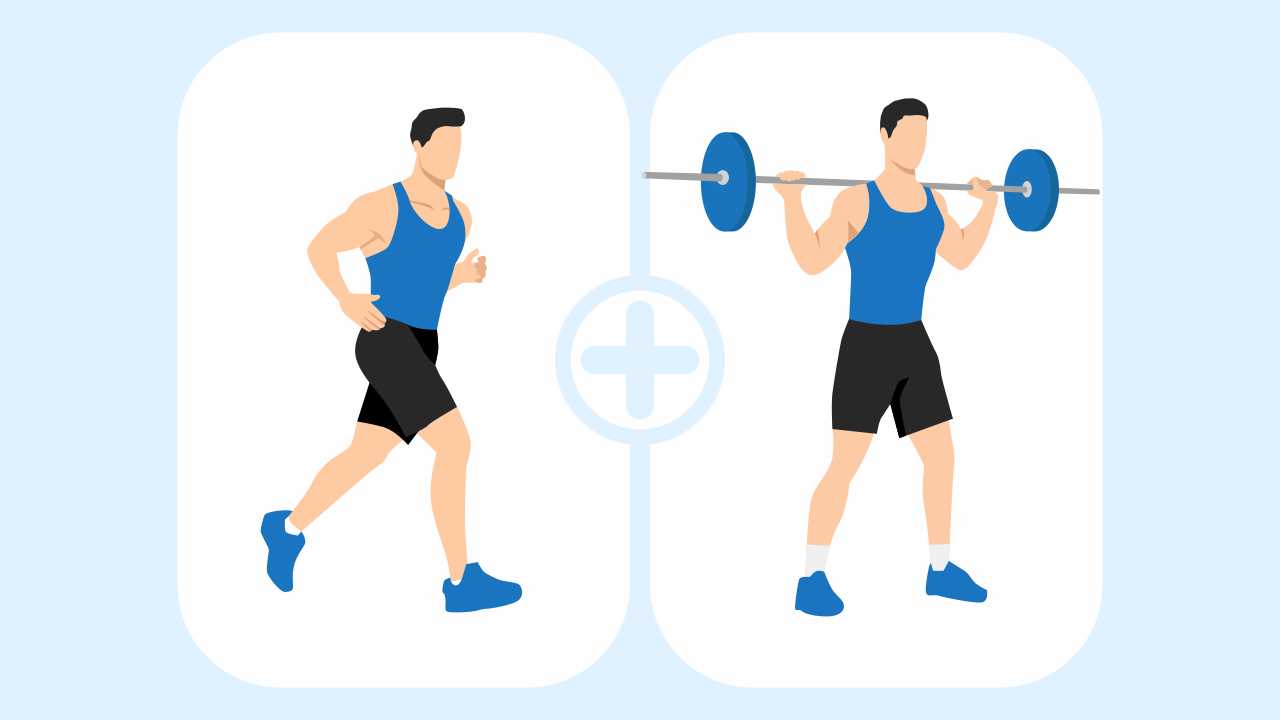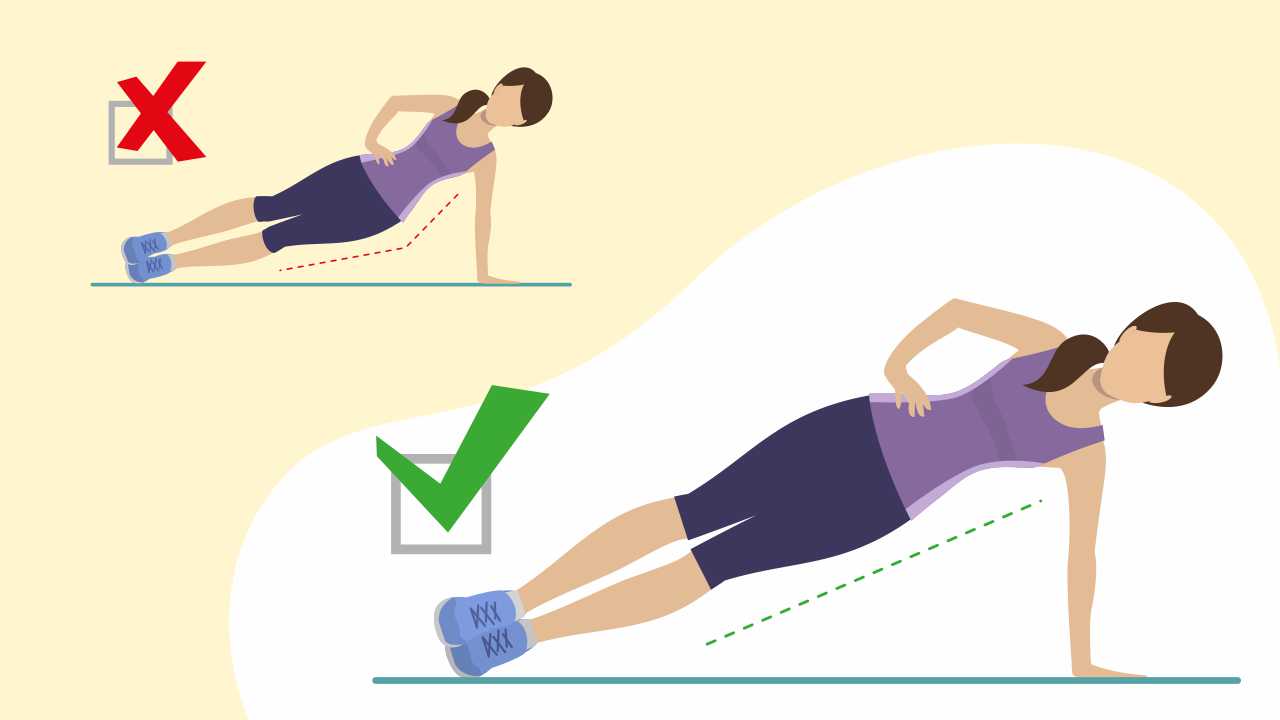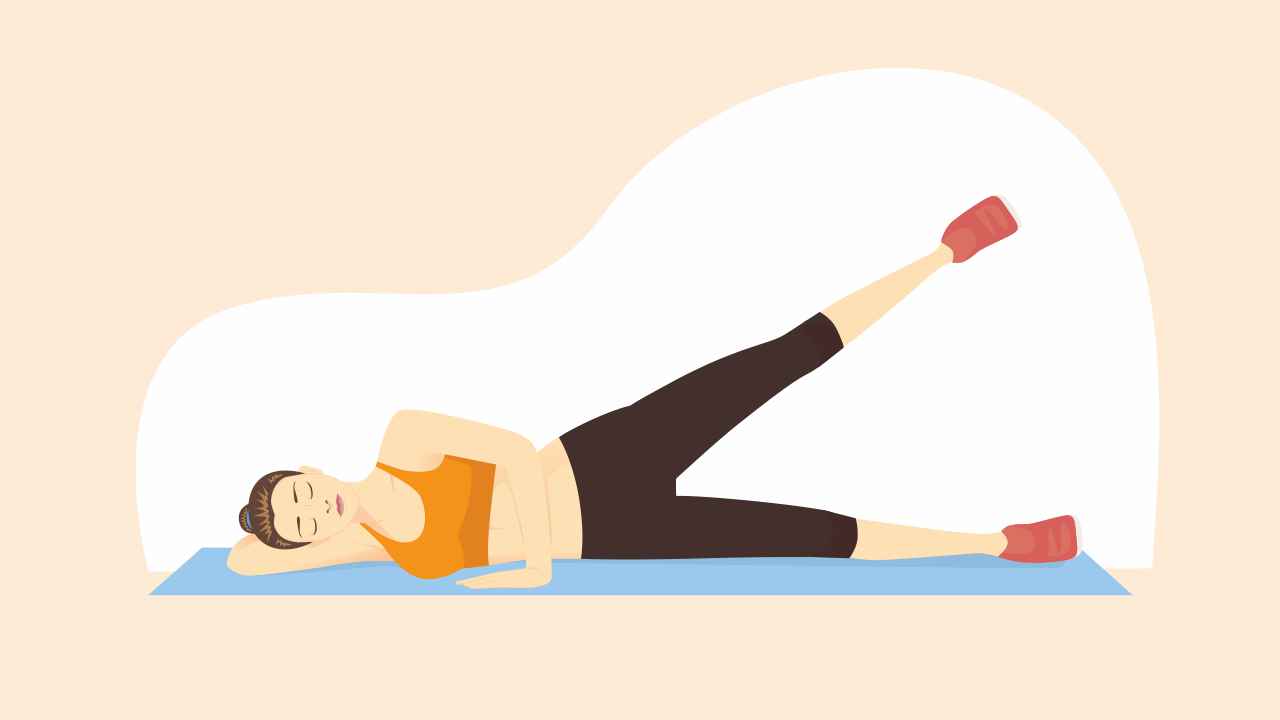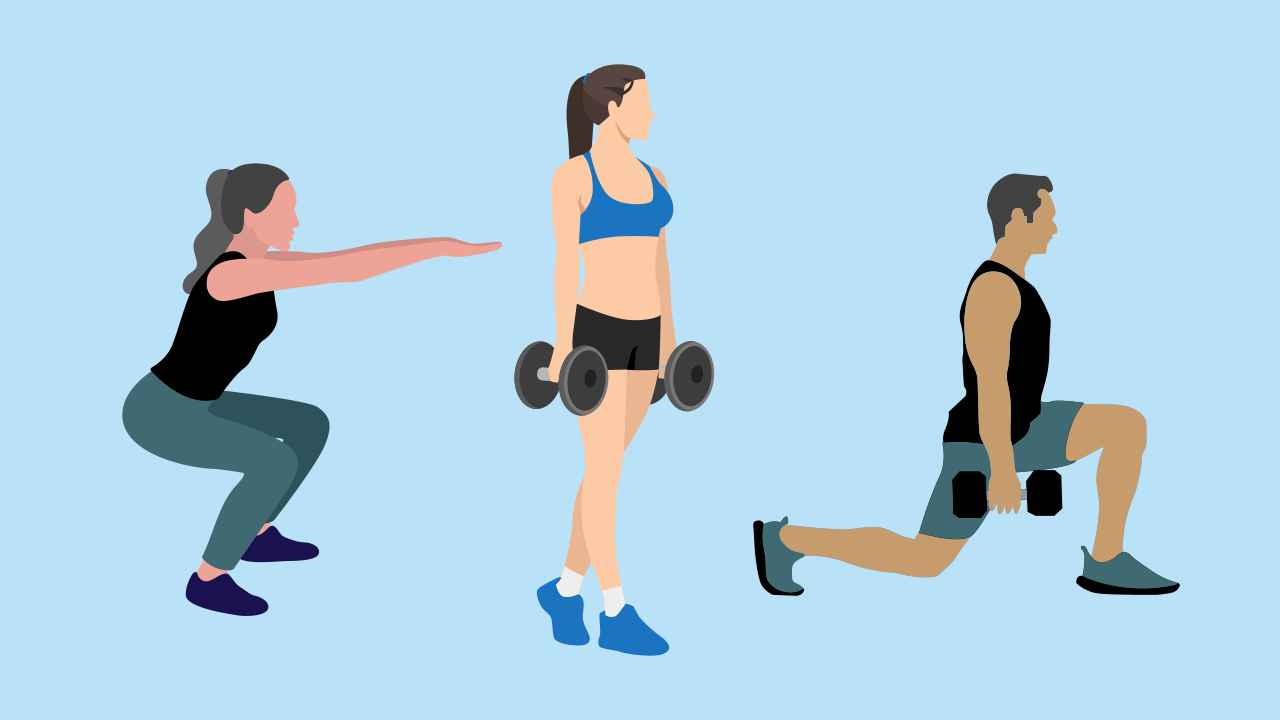
Why Is It Important to Have a Fitness Plan?

You need to have a fitness plan even before you get started on your fitness journey. And before a program can be developed, you would need to establish both short and long-term goals that would provide the necessary framework for a program.
What is a fitness plan?
A fitness plan can range from fairly simple to quite complex. To a large degree, this has to do with the number of variables involved, such as cardiovascular, strength and conditioning, or nutrition, as well as how deep into each you would want to go.
At the most basic level, a well-designed fitness program provides daily workouts that are structured in a safe and progressive manner.
There are three common types of fitness programs:
Pre-formatted (generic): These are often found in magazines or online and may be very generic
Semi-customized: These are often generated by answering questions online and based on the answers, an algorithm creates a fitness program
Fully customized: This type of program is generally done in conjunction with a personal trainer offline or online, and/or other allied health professionals such as nutritionists, registered dieticians, or with the help of an online highly advanced technology solution.
Generally speaking, the more customized a program, the more likely it is to be effective, as it is specific to the individual it is designed for. However, the more customized a plan, typically the more expensive it is as well.
Benefits of a fitness plan
There are a lot of benefits to having an exercise program versus not having any. Perhaps the biggest benefit is that it provides a roadmap of where an individual is currently at and how they would get to their desired goal in terms of workouts and nutrition.
Secondly, an exercise program spells out exactly what an individual should do for exercise each day. By taking the guesswork out of the equation, it makes sticking to a routine that much easier
The chance for reaching one’s goal or goals increases greatly when armed with a plan. This is because workouts are not done randomly. Rather, workouts are placed and designed specifically with one’s goal or goals in mind.
How to create a plan
As discussed earlier, the first aspect of creating a program is determining the target goal. It is also critical that the goal be feasible. Goals that are too easy or near impossible to attain are not great goals. A long-range goal should be challenging, but attainable.
Once this goal has been established, here’s how you can design the program.
Align with your current fitness level
All too often, people begin a fitness program with way too much intensity, volume, and training loads. For example, someone who can’t do 10 push-ups will do 25 in the first week. This is an example of not starting where you’re at. If you can do 10, then build the intensity from there.
Progress slowly
When starting an exercise program, it takes the body a while to adapt to the new stress being placed upon it. Therefore, easing into it and not being overly aggressive is the right way to go. Say for strength training, it is advised to stay at the same weight for several weeks to allow the muscles and connective tissue to adapt, before moving up gradually in weight.
Seek help
Whether it be in the form of a clinician such as a registered dietician, or researching on your own online, seeking out resources that help in the development of your plan is crucial.
Rest
All too often, beginner exercisers view rest days through the lens of losing fitness. This is 100% incorrect. Implementing easy and full rest days when starting out is very important to allow the body to recover adequately and progress. When first starting out, at a minimum, three days per week should be allotted to easy/ rest days.
Also read: Why Is Rest Important in Training?
Short-term goals
One of the main reasons why people stop exercising is because they only select a long-range goal and due to the time it takes to reach the goal, as well as the enormity of it, many people get disillusioned and quit their program. By setting short-term goals on the way to the long-term goal divides the journey into bite-sized pieces — thereby making it more manageable and attainable.
How to structure a fitness plan
The most important thing is to have structure. This is often referred to as a periodized plan. In other words, a program is broken up into several phases or periods. The general trend is that as someone progresses and gets in better shape, the training load increases in both time and intensity. This is because in order to continue progressing, the training stimulus must stress the body. This cannot happen if the training load stays the same.
In a periodized plan, typically every three to four weeks is a rest week. This doesn’t mean not doing any workout, but rather a substantial decrease in training load.
Additionally, the higher the training load is on a particular day, the more rest or easy days should follow it.
Last but not least, the most important aspect of a program is safety. This is especially the case with form, when it comes to cardiovascular and strength training. No matter how much weight one can lift or how far someone can run, bike or swim, if they have bad form, it is likely only a matter of time before an injury occurs. Therefore, ensuring that one’s form is correct is imperative. Remember, quality always scores over quantity. Plan smart, get fit.














